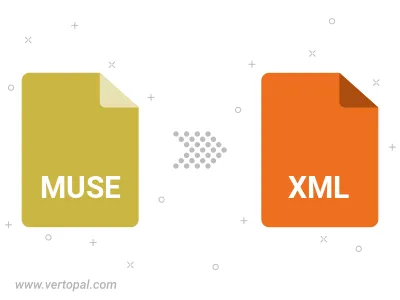Convert MUSE to XML DOCBOOK
Convert MUSE markup documents to XML DOCBOOK format, edit and optimize documents online and free.

The MUSE file extension, part of the Amuse Markup Language, is used for documents formatted with AmuseWiki. It simplifies document creation by using contextual markup rules for formatting. Developed by John Wiegley and maintained by Michael Olson, it aims to make document creation more intuitive. The extension is primarily used for creating and managing wiki pages and other text documents.
DocBook XML, a subset of XML (Extensible Markup Language), serves as a markup language tailored for technical documentation. Developed in the early 90s, it was designed to standardize documentation across various software systems. Its uses include creating structured documents like books, articles, and manuals, ensuring consistency and ease of content transformation across different formats such as HTML, PDF, and EPUB. This standardization facilitates collaboration among developers and writers, enhances content reuse, and simplifies documentation maintenance.
Choose any MUSE markup document from your computer, or drag & drop a MUSE file onto this page.
Choose any MUSE to XML DOCBOOK converter tools for a customized conversion, and click Convert.
Give it a moment for the XML DOCBOOK conversion to complete, then download your file afterward.

Convert MUSE to XML DOCBOOK version 4, or XML DOCBOOK version 5.
To change MUSE format to XML DOCBOOK, upload your MUSE file to proceed to the preview page. Use any available tools if you want to edit and manipulate your MUSE file. Click on the convert button and wait for the convert to complete. Download the converted XML DOCBOOK file afterward.
Follow steps below if you have installed Vertopal CLI on your macOS system.
cd to MUSE file location or include path to your input file.Follow steps below if you have installed Vertopal CLI on your Windows system.
cd to MUSE file location or include path to your input file.Follow steps below if you have installed Vertopal CLI on your Linux system.
cd to MUSE file location or include path to your input file.